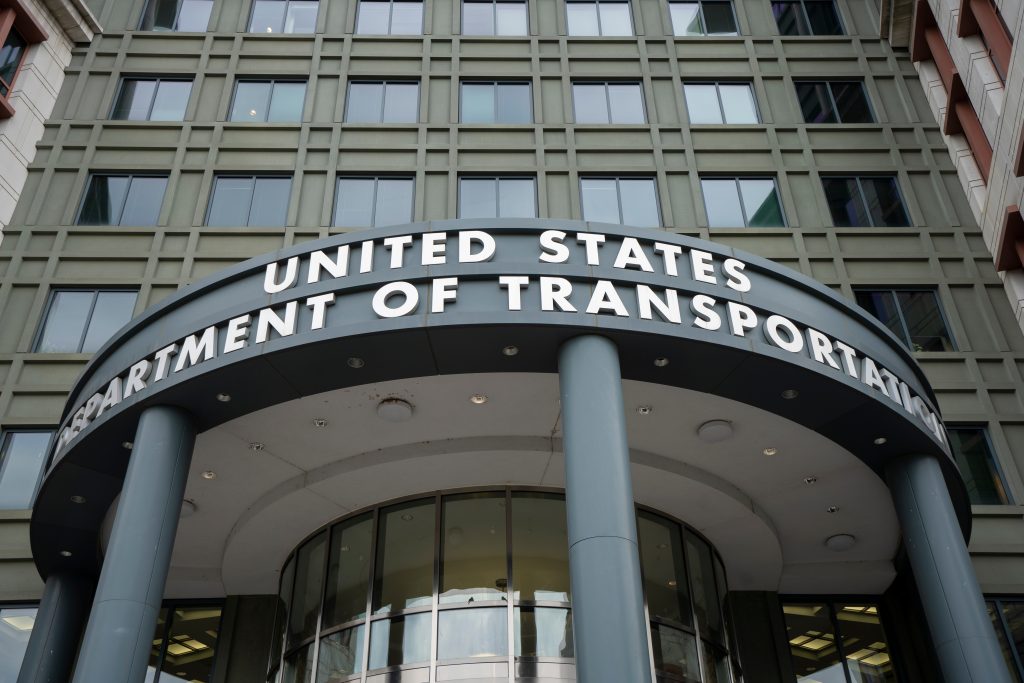Supplier diversity has been a hot topic in recent years. Several organizations, whether they be in higher education, or the public or private sectors, have put an increased focus on defining and meeting quotas to ensure that they are doing business with DBE (disadvantaged business enterprise) suppliers. Here at Card Integrity, we’ve written several articles about this very topic, which you will find linked at the end of this article. This time around, we wanted to focus on the distinctions between the various supplier diversity programs that regulate similar concepts, as well as how we specifically help our clients track their supplier diversity information.
HUB vs. DBE
Wow, that’s a lot of acronyms! You may be feeling a bit underwhelmed, or only familiar with one or two of these supplier diversity programs.
The difference, ultimately, between HUB and DBE comes down to semantics over which body of government regulates them. Historically underutilized business (HUB) programs are frequently regulated by individual states, whereas DBE is federally regulated. The Texas Department of Transportation sums it up concisely: “Different than DBE goals, Historically Underutilized Business (HUB) Program goals are implemented statewide … Disadvantaged Business Enterprise (DBE) Program participation goals are set on all federally funded projects to encourage contracting with DBE-certified small businesses”.
Additional acronyms: WBE, MBE, SBE, VBE
You may also encounter WBE, MBE, SBE, VBE and other more specific supplier diversity programs. These stand for women-owned business, minority-owned business, small business, and veteran business enterprise respectively. You’ll find that they are generally state and locally funded.
In order to qualify for these designations, the business must be at least 51% owned and operated by an individual or group that is part of one of the aforementioned groups. To qualify for the SBE (small business) designation, the business and its ownership must meet certain size and personal net worth standards defined by the United States Small Business Administration (SBA).
These various programs, be they federally-funded or state-funded have the same general goal in mind: to increase diversity among the businesses your procurement department sources from. The specifics, including terminology, ultimately comes down to where you’re located and your specific organization.
Putting state and federal mandates aside, organizations should look into their supplier diversity spend because it reflects well on them. This way, they give back to the local community and support businesses that are economically disadvantaged. When organizations talk about diversity, this is a tangible way that they can “put their money where their mouth is”. Supporting small businesses is important too: it promotes healthy competition for the local economy.
Common misconceptions
Some organizations are hesitant to put significant time and resources into tracking their diversity spend. Tracking the data can prove to be difficult and time-consuming. While it’s true that some already stretched-thin procurement departments may have trouble curating this type of data, outside help specifically tailored to this is available. You also may have heard that there is no real standard to adhere to for disadvantaged supplier spend. At least when it comes to federal institutions, this is demonstrably false. The U.S. Department of Transportation (DOT) outlined how DBE goals are set in this official document from the Congressional Research Service, updated April 2023. Organizations can use federal regulations as a guideline even if they are unaffiliated with the DOT or the U.S. federal government. In the corporate sector, companies set their own supplier diversity standards. For example, Google set a goal of $2.5 billion diverse supplier spend in 2022, according to their website.

How is it all tracked?
Card Integrity tracks clients’ supplier diversity spend, and tailors it to their specific needs. For example, we can create a monthly report that shows listed DBE/HUB transactions, fiscal spend, top vendors, breakdown of DBE/HUB utilization between departments, and more. We offer this service as an extension of our DataWISE spend monitoring tool. If you’d like to see the tool and associated reports in action, you can access a free demo below.
Request a free demo
Diverse supplier spend will only increase in the years to come. To get better insights for your inclusive procurement efforts, consider exploring Card Integrity’s supplier diversity expense monitoring tool. See the form below to request a demo now.
Additional reading
Card Integrity helps organizations track and monitor their supplier diversity spend. We have written several articles that go more in depth about certain aspects of this broad topic.



